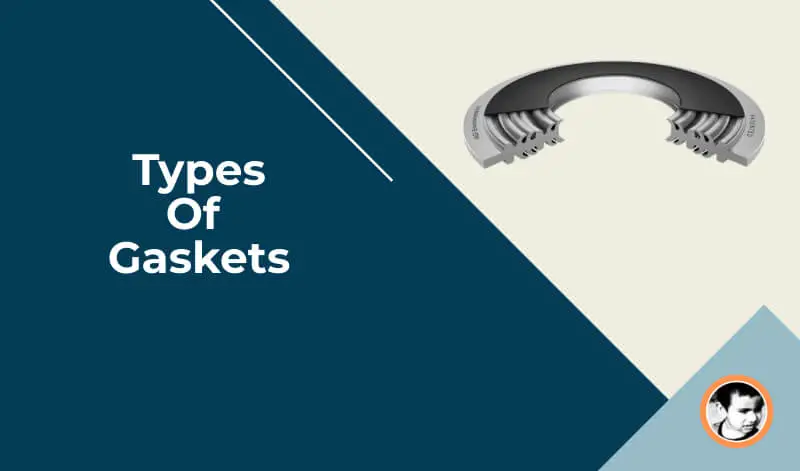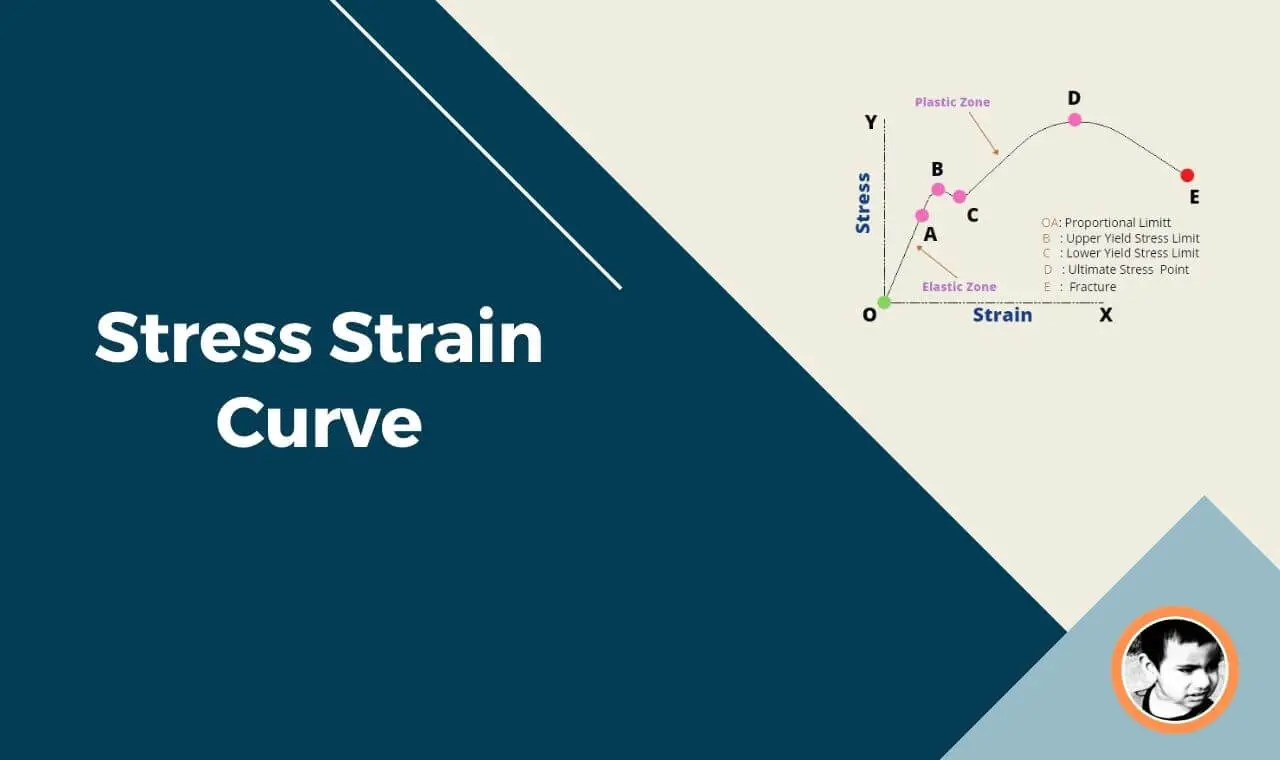If you are working in the sheet metal fabrication industry, you might have noticed that the sheet metal part’s unbend size is different from the bend version of the same part. Right? Have you ever wondered why it is so? Well, that is due to the bend allowance or bend deduction. Let me have the privilege to explain the bend allowance in this article.
What is a bend allowance? Bend Allowance Vs Bend Deduction
Bend allowance is the amount of material that you need to add when you bend or unbend a sheet metal part
Bend deduction is the amount of material that you need to deduct when you bend or unbend a sheet metal part.
Logically both bend allowance and bend deduction are the same things. The terminology is different just because of how we dimension it. Here is an example.
![What is bend allowance: K Factor, Y Factor, Bend Table [PDF] 1 bend allowance](https://www.riansclub.com/wp-content/uploads/2020/08/bend-allowance1.jpg)
![What is bend allowance: K Factor, Y Factor, Bend Table [PDF] 2 bend allowance](https://www.riansclub.com/wp-content/uploads/2020/08/bend-allowance-1.jpg)
Now let us take an example to understand how bend allowance or bend geometry can effect flat part dimension.
In this example, this is an L-Shape bracket having a dimension of 5.00 and 3.00 inches. So you may think that if we Unbend this part, the flat sheet size will be 8.000 inches. But you are wrong.
The size will be less than 8.000 inches. If you see the flat pattern size, it is 7.61 inches. So there is a difference of (8.000-7.610 )=.390, which is called bend deduction. How we arrived at this number depends on many factors that we will discuss later in this article.
Must Read: Difference Between CRCA and HRCA sheet
Why Bend Allowance exists? What is K factor, Y Factor and Neutral Axis
Well, to understand bend allowance, we need to understand how sheet metal behaves when it comes under the tool. Below is a snapshot of a bend and the flat pattern of the bend
![What is bend allowance: K Factor, Y Factor, Bend Table [PDF] 3 bend allowance](https://www.riansclub.com/wp-content/uploads/2020/08/bend-allowance-2.jpg)
In this example
T= Thickness of the sheet
R= Internal Bend Radius
L= Flat Length of the bend
δ= Distance between the inside radius of the bend and neutral axis
N= Neutral Axis
When a sheet metal forms a bend, the inner portion ( Covered by δ) is always in compression that reduces the part length. On the other hand, the outer portion ( Covered by T-δ) is under expansion that always tries to elongate the part.
To compression this compression and expansion, bend allowance exists so that we get the correct length of the flat part.
Bend allowance depends on the following factors.
- Material composition in the sheet metal
- Percentage of carbon content in the sheet metal
- Bend tool radius
- The angle of the bend
- The thickness of the sheet metal
What is neutral axis in sheet metal
The neutral axis is the line that remains constant irrespective of compression or expansion. In FIGURE-1, the red line is the neutral axis. The position of the neutral bend line or neutral axis decides the length of the flat part. Typically neutral axis is at the center of the sheet metal. But it can be anywhere in the sheet metal.
What is K factor in sheet metal
K factor is the ratio of neutral axis location to the sheet metal thickness. In this Figure-1, the K factor can be calculated as (δ/T). The value of the K factor varies from .33 to .50. K Factor depends on material composition and percentage of carbon contents.
K Factor= (Distance between the inside radius of the bend and neutral axis)/ Thickness of the sheet
With the K factor, you can find out the location of the bend axis. If you know the K factor and sheet metal thickness, you can find out the location of the neutral axis using the below formula.
Neutral Axis location= K Factor x Sheet Thickness
K factor of different materials ( Approximate)
| Type of Bending | Thickness (T) | Soft Material ( Aluminium) | Medium Materials ( Aluminium) | Hard Material ( Steel) |
|---|---|---|---|---|
| Air Bending | 0-T | .33 | .38 | .40 |
| Air Bending | T-3T | .40 | .43 | .45 |
| Air Bending | >3T | .50 | .50 | .50 |
| Bottoming | 0-T | .42 | .44 | .46 |
| Bottoming | T-3T | .46 | .47 | .48 |
| Bottoming | >3T | .50 | .50 | .50 |
| Coining | 0-T | .38 | .41 | .44 |
| Coining | T-3T | .44 | .46 | .47 |
| Coining | >3T | .50 | .50 | .50 |
What is Y factor in sheet metal
The issue with the K factor is that it does not consider internal stress. Y factor does consider internal stress. With the Y factor, you will get a precise bend allowance. Y factor of any material can be calculated using the below formula. The default value of the Y factor is .50
Y Factor= K factor X (π/2)
You may like to read: What is a rolling process: Definition with types of rolling process
Bend allowance formula : Bend Allowance Calculator
Now here we are in the fun part about how to calculate the bend allowance. Well, most of the companies already use the standard bend allowance datasheet given by the supplier. But in case you are in a project where you need to calculate the bend allowance, you can use this formula. This formula holds good for most of the materials.
But as I said that the bend allowance also depends on tool radius and numerous other factors. So this formula or any other formula will give an approximate value. The exact value needs to be calculated using the trial and error method.
![What is bend allowance: K Factor, Y Factor, Bend Table [PDF] 4 bend allowance](https://www.riansclub.com/wp-content/uploads/2020/08/BEND-ALLOWANCE1-1.jpg)
Bend Allowance = (Π/180)x A x((R+(KT))
Where,
A= Bend Angle
R= Inner bend radius
K= K Factor
T= Sheet Thickness
Π=3.142
Flat length calculator for sheet metal
To calculate the flat length of any sheet metal part, you can either calculate the bend allowance and add to the total length or use the below formula. This formula holds good for most of the material but gives an approximate value.
Flat Length = ((Π/2 )x R) + (Y x T))x ( A/90)
Where,
A= Bend Angle
R= Inner bend radius
Y= Y Factor
T= Sheet Thickness
Π=3.142
Bend Table in sheet metal
As I said earlier in this article that most of the companies use their standard bend allowances that they get from suppliers. So the bend table is a chart that has standard bend allowance data for different materials with different thicknesses and for different bending operations. No one prefers to calculate bend allowance using formulas and instead use bend tables. Here is an example of a bend table.
![What is bend allowance: K Factor, Y Factor, Bend Table [PDF] 5 bend table](https://www.riansclub.com/wp-content/uploads/2021/05/26279_Bend_table.jpg)
In this table, you can see that the table gives the bend allowance value against the sheet thickness and the inner radius. Also if anything goes out of the range you can use the formula to calculate the bend allowance.
You may like to read: Difference between blanking and piercing
Conclusion
So, that all we have in this article about bend allowances. I hope I could able to cover all aspects of bend allowances in this article. Typically sheet metal bending calculations are standardized across the industry, and you will hardly need to do calculations for bend allowances.
But if you need to calculate the bend allowance, this article may help you. If you have any questions, please write to me in the comment section, and I will be happy to help.
Frequently Asked Questions (FAQ)
What is bend allowance?
Bend allowance is the amount of extra material you need to add while calculating the flat pattern of any sheet metal part.
What is K factor?
K factor is the ratio between the distance between the inside radius of the bend and the neutral axis to the sheet thickness. A typical value of the K factor varies between .33 to .50
What is Y factor?
Y factor considers the internal stress of materials while calculating the bend allowance. Y factor can be calculated using the formula ((K factor X(Π/2)). A typical value of the Y factor is .50
What is neutral axis?
The neutral axis is the virtual line in any sheet metal parts that remains constant irrespective of compression or expansion during bending operation. Typically neutral axis stays at the center or towards the internal radius (1/3 rd of the sheet thickness)
What is bend table
A bend table is a standard table that the industry uses to calculate bend allowance. The bend table usually shows bend allowance values for different bend radius and metal thicknesses.



